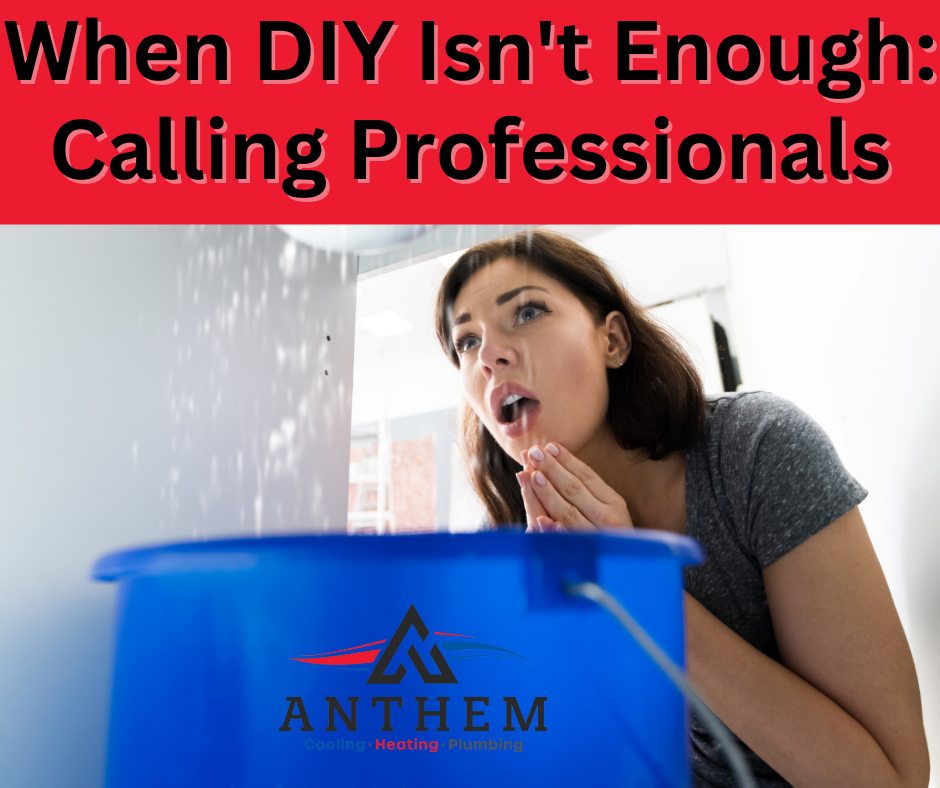
Ever found yourself standing ankle-deep in water, cursing your shower drain pipe? Yeah, me too.
You see, most of us don’t give a second thought to that hidden piece of plumbing magic until it’s causing problems. But what if I told you there was more to the humble shower drain pipe than meets the eye?
We’re about to dive deep into its mysterious world – exploring different types and materials used for their construction and how they affect durability and cost-effectiveness. We’ll also get into the details of setting up and taking care of your shower drain pipe so you can prevent those pesky blockages.
Thinking about an upgrade or facing building code issues? Don’t worry! We’ve got tips on when to replace and factors to consider while choosing a new one as well!
Alright, time to get our hands dirty – are you pumped for this adventure?
Understanding Shower Drain Pipes
Your shower drain pipe is more than just a hidden part of your plumbing system. It’s the unsung hero that whisks away water and keeps your bathroom flood-free.
Drain pipes, including those in showers, work on a simple principle: gravity. For successful drainage, some forethought is essential. For starters, these pipes need to be angled downwards towards the main sewer line. This angle or ‘slope’ lets gravity do its job efficiently.
There are two key parts in any shower drain setup: The strainer and the underlying pipe itself. The strainer catches larger debris (like hair) while allowing water through into the pipe below.
The Magic Behind Your Shower Drain Pipe
Invisible from above is another critical element – an S-shaped section called the P-trap which holds some water after each use forming a seal against sewer gases trying to sneak back up into your home.
Pipes also have their differences. You might encounter ones made from PVC plastic or ABS (Acrylonitrile Butadiene Styrene). Both materials are durable and resistant to corrosion, yet they each possess distinct advantages and disadvantages that we will explore in more detail later.
To sum things up: Understanding how your shower drain pipe works can help you spot potential problems early on before they turn into expensive repairs. After all, knowledge really is power when it comes to maintaining our homes.
Materials Used in Shower Drain Pipes
The materials used to construct shower drain pipes play a critical role in their durability, maintenance requirements, and cost-effectiveness. Let’s delve into the three most commonly used materials: PVC (Polyvinyl Chloride), ABS (Acrylonitrile Butadiene Styrene), and brass.
PVC – Polyvinyl Chloride
PVC is often the go-to choice for homeowners because it’s both affordable and easy to work with. It resists rusting, which helps ensure longevity. However, PVC isn’t as heat-resistant as other options like ABS or brass.
ABS – Acrylonitrile Butadiene Styrene
ABS stands out due to its superior resistance to temperature fluctuations, making it ideal for hot climates or heated bathroom floors. Although slightly more expensive than PVC, this investment pays off in terms of increased lifespan.
Brass Shower Drain Pipes
If you’re after sturdiness and elegance at any cost, welcome aboard Team Brass. Known for their strength and corrosion resistance, these pipes are pricey but offer unmatched durability. A true classic never goes out of style.
- PVC: Affordable and rust-resistant, but not very heat-resistant.
- ABS: Heat-resistant and durable, but pricier than PVC.
- Brass: Highly Durable and corrosion-resistant, but quite expensive.
Remember, selecting the right material for your shower drain pipe is a balance between budget, durability, and maintenance requirements. Make sure to take all these factors into account when choosing what’s best for you.
Installation Process for Shower Drain Pipes

If you’re feeling bold and ready to tackle a home improvement project, installing a shower drain pipe can be quite an adventure. It’s not just about connecting pipes – it’s about ensuring your showers stay refreshing without any hiccups.
Step 1: Gather the Necessary Tools
You’ll need some essential tools like wrenches, pliers, and PVC cutters. Gather some safety equipment, like gloves and goggles, to keep you protected.
Step 2: Prepare Your Work Area
Cleanliness is key here. Clear out debris from your work area to avoid unwanted blockages in your new pipe.
The Installation Begins
Step 3: Remove Old Pipe (If Applicable)
Removing an old drain pipe can sometimes feel like wrestling with a stubborn octopus. But patience pays off here – carefully unscrew or cut away the old system without damaging surrounding tiles or flooring.
Step 4: Install New Pipe and Seal Connections
Fit in your shiny new pipe, make sure all connections are snugly fit together before sealing them using plumber’s putty.
Maintaining Your Achievement
Last Step: Test Your Setup
Nothing beats that victorious feeling of watching water smoothly disappear down your newly installed drain pipe. But remember to check for leaks in the first few days – you don’t want any sneaky drips spoiling your hard work.
By taking on this task, not only have you upgraded a key component of your bathroom but also learned more about how it works. Call Anthem if you need professional help or advice along the way.
Maintenance and Troubleshooting of Shower Drain Pipes
Regular maintenance can keep your shower drain pipe working well longer. Let’s start with a few basic tips. First, clean the strainer or stopper every week to prevent buildup. This small step will help you avoid many common problems.
If you observe that the water is draining slowly, it could be time to perform a more thorough cleaning. A simple tool like a plastic hair snake can be effective in removing clogs caused by hair and soap scum.
Troubleshooting Common Issues
But what if regular maintenance isn’t enough? Sometimes issues come up that need more attention.
- If there’s standing water in your shower even after using a plastic snake, this could mean there’s an issue further down the line – maybe tree roots have invaded. In such cases, calling Anthem would be wise.
- Sometimes weird smells emanate from the drain due to biofilm build-up; using enzymatic cleaners helps eliminate these odors effectively.
- Noisy pipes may indicate trapped air or loose brackets; securing them back into place often solves this problem.
When DIY Isn’t Enough: Calling Professionals

In some instances though, home remedies just won’t cut it – stubborn clogs or recurring issues signal something bigger at play. That’s when professional intervention becomes necessary. Anthem has a team of experts equipped to handle such complex problems.
In the end, maintaining and troubleshooting your shower drain pipe doesn’t have to be daunting. With regular care, you can prevent most issues. And for those bigger challenges – well, that’s what we’re here for.
Upgrading Your Shower Drain Pipe
Considering an upgrade of your shower drain pipe might be in order if you’re looking to improve the performance or make a bathroom upgrade. Upgrading this crucial part of your plumbing can help prevent leaks and ensure smoother drainage.
When it comes to deciding when a shower drain pipe should be replaced, take into account if the system is over 20 years old or if there are persistent problems such as sluggish drainage and regular clogs. Remember that age is just a number; Bob Vila advises assessing the performance rather than focusing solely on how old the system is.
Hiring Professionals vs. DIY Installation
To install yourself or hire professionals? That’s often the question. While doing it yourself could save some money upfront, hiring professional plumbers guarantees proper installation without the risk of future problems arising from improper fitment. Anthem offers reliable plumbing services, so don’t hesitate to reach out to us for help with your plumbing needs.
Impact of Local Building Codes on Shower Drain Pipe Selection
Your local building codes can have a significant impact when you’re deciding what type of shower drain pipe to install. Just like there are different rules for HVAC repair, the same applies to plumbing installations.
Different areas might favor certain materials over others due to environmental factors, or even local availability. For example, in colder regions, some types of plastic pipes could become brittle and crack more easily than metal ones. It’s critical to assess these particulars prior to settling on a choice.
A key part of the code is related to size requirements for drain pipes. A standard residential shower typically requires a 2-inch diameter pipe according to most codes including the Uniform Plumbing Code (UPC). But remember that variations may exist depending on where you live so always make sure.
- Pipe Material: Some locales might restrict certain types because they don’t stand up well under specific conditions.
- Pipe Size: You need sufficient capacity in your drains – not just now but considering potential future needs as well.
- Slope Requirements: Adequate slope ensures efficient drainage without standing water leading towards possible blockages.
In case any question arises while planning out your project or during installation itself, it’s a smart strategy to reach out directly for help from Anthem who has firsthand experience with all things plumbing related including navigating through complex local building regulations effectively.
The Influence Goes Both Ways
Just as building codes influence your choice of shower drain pipe, the opposite is also true. If you’ve got a certain type of pipe in mind that doesn’t meet local code requirements, it could potentially spark changes in those regulations.
But this isn’t a simple process and typically involves presenting compelling evidence to city officials or relevant bodies as to why such an amendment should be made – certainly not something most homeowners would want to take on.
Key Takeaway:
Choosing the right shower drain pipe hinges on understanding your local building codes. These rules might favor certain materials due to environmental factors and can dictate size requirements for efficient drainage. If you’re unsure, reach out to a plumbing professional who knows how to navigate these regulations.
Conclusion
Alright, we’ve journeyed through the world of shower drain pipes together.
We started with understanding their purpose and types. Recognizing the possibilities is vital for making a wise decision.
We also discussed various materials used in construction. Durability and cost-effectiveness should be at the top of your list when choosing one.
The installation process might seem daunting at first but a professional can make it smooth sailing. Don’t forget regular maintenance to avoid those pesky clogs!
Considering an upgrade? Make sure you take into account local building codes – they’re more important than you think.
In conclusion, a shower drain pipe may not be the most glamorous part of your home but it’s certainly vital!








No comment yet, add your voice below!